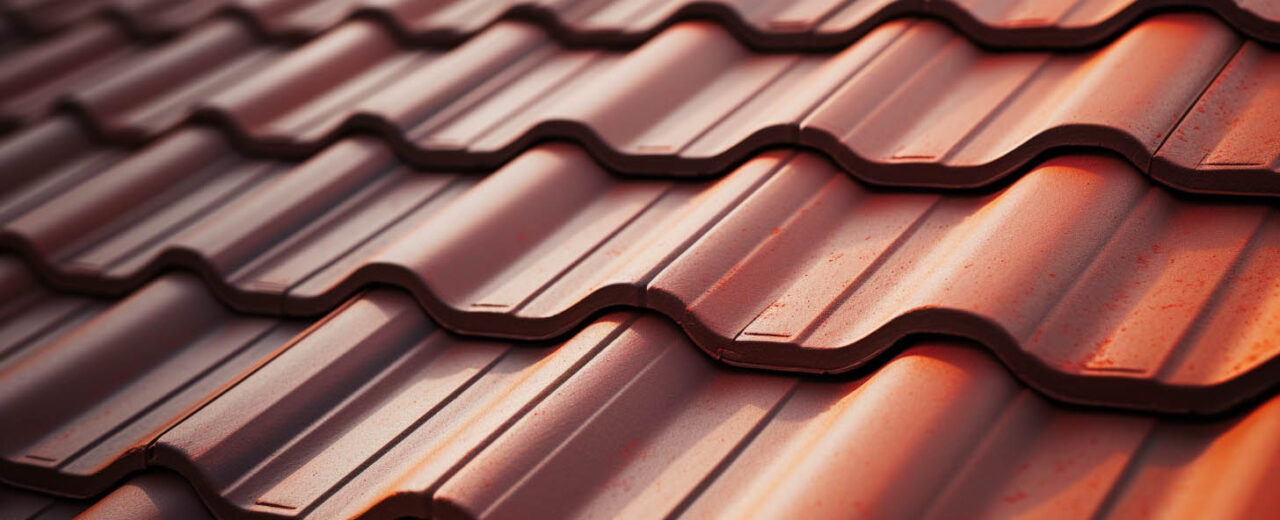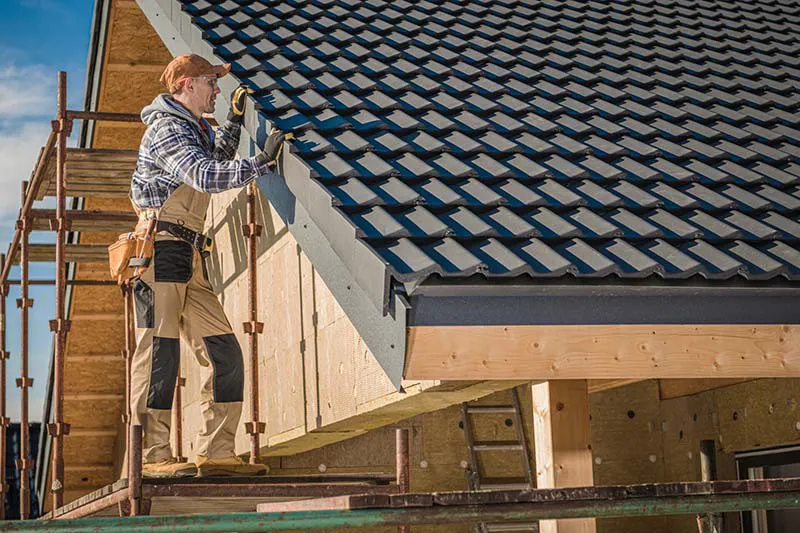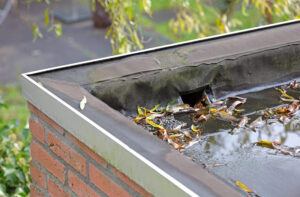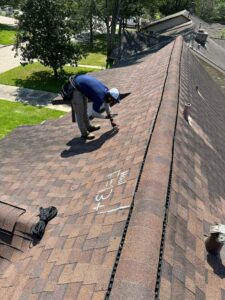Roofing shingles play a pivotal role in safeguarding homes and buildings from the elements. Their design and manufacturing process is a testament to the advancements in the roofing industry. Let’s delve into the intricate process of how these essential components are crafted.
The Foundation: The Membrane
Every great structure starts with a solid foundation, and roofing shingles are no exception. The initial phase of shingle manufacturing revolves around a sheet of fiberglass membrane. This sheet can either be pure fiberglass or derived from organic fibers such as wood chips, cardboard, and paper. These materials are unrolled to form the base of individual shingles.
This membrane’s primary role is to offer the shingle an optimal thickness and reinforcement, ensuring a robust foundation resistant to wear, tear, and weathering. It acts as the primary barrier beneath the shingle, offering protection from various threats, including fire and wind damage.
The Protective Layer: Asphalt
Upon laying out the membrane, it is then coated with hot asphalt. This asphalt, akin to the one used in pavements, forms a weatherproof foundation for the shingles. Comprising a semi-solid form of petroleum mixed with stone and sand, asphalt offers a natural and durable composite.
This layer not only acts as a protective shield against threats like clogging and weathering but also serves as a binding agent, holding the shingle components together. To enhance its properties, certain additives, such as fire retardants, are sometimes incorporated. Natural elements like limestone or calcium carbonate are introduced to increase the asphalt’s fire resistance.
The Aesthetic Touch: Granule Addition
While the hot asphalt is being applied to the membrane, granules are embedded into the asphalt during its cooling phase. These granules, which can be small pebbles or stones, come in a variety of colors.
Their primary function is to offer an added layer of protection to the shingle. They shield against common weathering elements like sun and wind and prevent damage from rain or water accumulation. Some granules are even tailored to resist algae growth. Additionally, they prevent shingle surfaces from sticking together during packaging, and of course, they enhance the aesthetic appeal of the roof.
Final Touches: Packaging and Installation
Once the shingle is fully formed, it is segmented into individual pieces, typically measuring 12 inches by 36 inches. They are then packaged, sometimes in groups, to facilitate easier installation. Special packaging materials prevent the shingles from adhering to each other.
However, the manufacturing process is only half the battle. Proper installation is crucial for the shingles to serve their purpose effectively. This involves ensuring no gaps between shingles and using appropriate nails for fixation.
At The Roofing Center, we pride ourselves on our expertise in installing shingles the right way. With our vast experience in the roofing service in Salt Lake City, we ensure that your roof is not only aesthetically pleasing but also offers unparalleled protection. For those seeking a reliable roofer in Salt Lake City or exploring roofing companies in Salt Lake City, The Roofing Center stands as a beacon of quality and trust.







